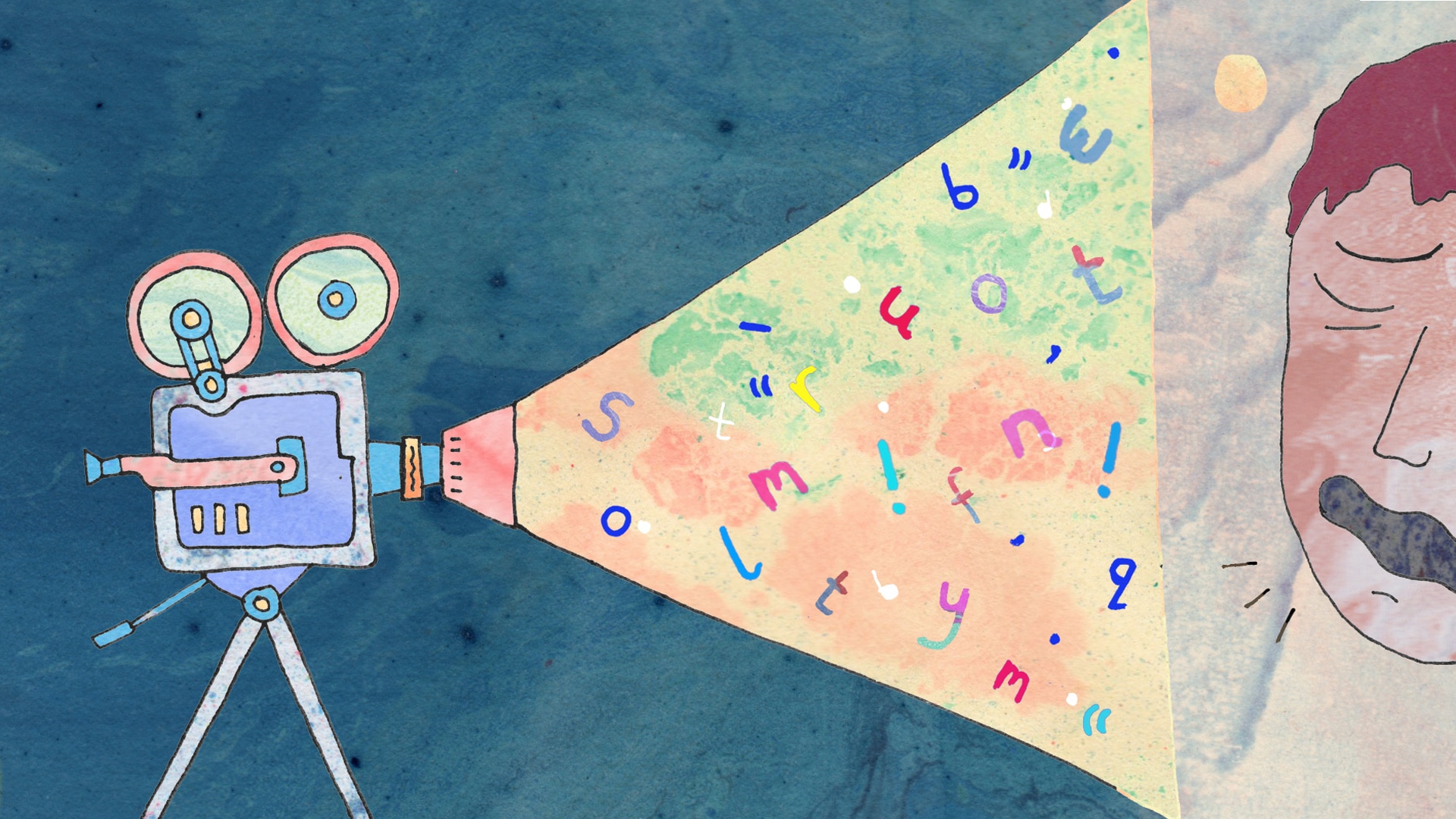Here are five films you can show in your high school English class on those days that you just need some peace. You can show this film as part of a unit on 1920s literature. Young Adult Literature May 5, 2015 Field Experience Essay Over a period of two days I observed Ms. John's sophomore English class at Woodside High School. The class was in the beginning stages of reading the novel Night by Elie Wiesel. John started off the class by having each kid check out a laptop to go online to.
Glossary of ESL terms | ||||||
Home | Crosswords| Word Searches | Flash Cards | Verbs| Songs | Creative Writing | Work Sheets | Phonics| ABCsPotion Book | Spell Book | ESL for Adults | Ask Thomas | Lesson Plans | Young Learners | Jobs | | ||||||
LessonPlan: This lesson is divided into two hours. The first lesson explores somebasic language used to describe movies and the second lesson provides practiceand more in-depth exploration. The first part is an old activity that I've usedwith a great deal of success for years and the second part is a role-play that Imade recently and is still being tested out. | ||||||
Hour One | Hour Two | |||||
Extra Movie Activities: Crossword: Reviews movie vocabulary. Movie Cloze: Reviews movie vocabulary. Movie Word Search: Reviews movie vocabulary. Movie Survey Activity: Good walk and talk exercise. Movie Synopsis Reading Activity: Students read movie synopses and try to guess the movie. It can also be used as a listening activity. Movie Synopsis Information Gap: Students relay information about movie contents and show times. Related: The Parts of a Book Section also covers the themes of plot, setting, character, and title. | ||||||
If you found this lesson useful, you might also be interested in the survival English section. Look for a job? Check out the ESL job boards. | ||||||
Characteristics
Films are similar to novels or short stories in that they tell a story. They include the same genres: romantic, historical, detective, thriller, adventure, horror, and science fiction. However, films may also include sub-groups such as: action, comedy, tragedy, westerns and war. The methods you use to analyze a film are closely related to those used to analyze literature; nevertheless, films are multimedial. They are visual media made for viewers. Films take command of more of our senses to create special atmospheres, feelings or to bring out emotions.
Along with the literary elements such as plot, setting, characterization, structure, and theme, which make up the text or screenplay, there are many different film techniques used to tell the story or narrative. Attention is paid to sound, music, lighting, camera angles, and editing. What is important is to focus on how all the elements are used together in making a good film.

Below is a list of elements and questions to help you when analyzing films.

Film Contents
Film Facts
- Title of film
- Year film was produced
- Nationality
- Names of the actors
- Name of director
Genre
- What main genre does the film fall under? – romantic, historical, detective, thriller, adventure, horror, and science fiction.
- What sub-grouping does the film fall under? – action, comedy, tragedy, war and westerns.
Setting
Setting is a description of where and when the story takes place.
Literature Of Film Class Ms. Schroll's Ela Classes 2019
- Does it take place in the present, the past, or the future?
- What aspects of setting are we made aware of? – Geography, weather conditions, physical environment, time of day.
- Where are we in the opening scene?
Plot and structure
- What are the most important sequences?
- How is the plot structured?
- Is it linear, chronological or is it presented through flashbacks??
- Are there several plots running parallel?
- How is suspense built up?
- Do any events foreshadow what is to come?
Conflict
Conflict or tension is usually the heart of the film and is related to the main characters.
- How would you describe the main conflict?
- Is it internal where the character suffers inwardly?
- is it external caused by the surroundings or environment the main character finds himself/herself in?
Literature And Film Class
Characterization

Characterization deals with how the characters are described.
- through dialogue?
- by the way they speak?
- physical appearance? thoughts and feelings?
- interaction – the way they act towards other characters?
- Are they static characters who do not change?
- Do they develop by the end of the story?
- What type of characters are they?
- What qualities stand out?
- Are they stereotypes?
- Are the characters believable?
Narrator and point of view

The narrator is the person telling the story.
- Is there a narrator in the film? Who?
- Point of view means through whose eyes the story is being told.
- Through whose eyes does the story unfold?
- Is the story told in the first person “I” point of view?
- Is the story told through an off-screen narrator?
Imagery
In films imagery are the elements used to create pictures in our minds. They may include:
- Symbols – when something stands not only for itself ( a literal meaning), but also stands for something else (a figurative meaning) e.g. The feather in the film Forrest Gump symbolizes his destiny.
- What images are used in the film? e.g. color, objects etc.
- Can you find any symbols?
Theme
- What are the universal ideas that shine through in the film (in other words, what is it about, in general)?
Cinematic Effects
Soundtrack
- includes both dialogue and music, as well as all the other sounds in a film.
- enhances the atmosphere of the film (what effect does the choice of music have? Does it suit the theme?)
- Are any particular sounds accentuated?
Use of the camera
- A camera shot is based on the camera’s distance from the object.
- The four basic shots used in films are:
- a close-up – a very close shot where the camera lens focuses on some detail or the actor’s face.
- medium shot – a shot where the camera lens picks up some background or upper half of the actor.
- full shot – a shot where the camera lens has full view of the actor.
- long shot – shot taken at a distance from an object.
- What camera shots can you identify in the film? How are they used?
- A camera angle is how the camera is tilted while filming.
- straight-on angle – The camera is at the same height as the object.
- high angle – The camera is filming from above the object.
- low angle – The camera is looking up at the object.
- oblique angle – The camera is tilted sideways.
- Does the way in which the camera is held say anything about the character?
Lighting
- Lighting focuses the audience’s attention on the main character or object in a film.
- It also sets the mood or atmosphere.
- While high-key lighting is bright and illuminating, low-key lighting is darker with a lot of shadows.
- What special lighting effects are used during the most important scenes?
- Filters are often used to soften and reduce harsh contrasts. They can also be used to eliminate haze, ultraviolet light or glare from water when shooting outside.
- Using color like red or orange can be used to enhance the feeling of a sunset.
- Can you find any examples where a filter has been used in the film?
- What effect did using a filter have on the scene?
- What colors are most dominant?
Editing
Editing is the way in which a film editor together with the director cuts and assembles the scenes. The way the scenes are joined together creates the rhythm of the motion picture. Scenes can be long and drawn out or short and choppy.
- Can you see a pattern to how the scenes are cut?
- How would you describe the pace/tempo of the film?
Conclusion
When analyzing films for school work or projects, you may be asked to use some or all of the characteristics above. Link those elements together that seem most logical. Try to think of the film as a whole and how the elements mentioned above work together to bring out the main message of the film.
